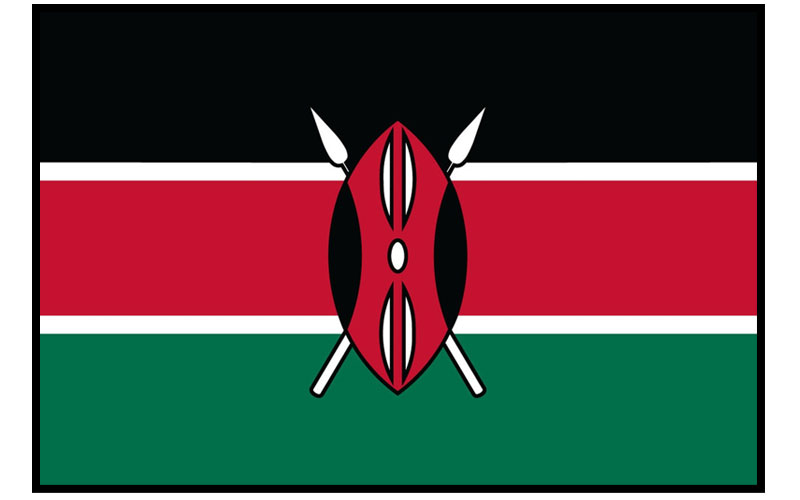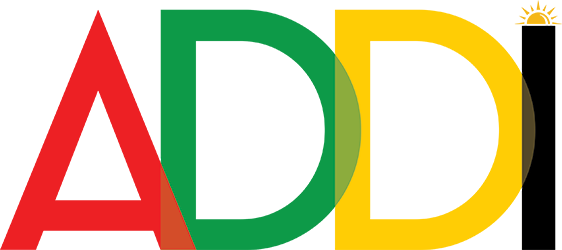
President: Uhuru Kenyatta (2013)
Deputy President: William Ruto (2013)
Land area: 219,788 sq mi (569,251 sq km); total area: 224,961 sq mi (582,650 sq km)
Population (2014 est.): 45,010,056 (growth rate: 2.11%); birth rate: 28.27/1000; infant mortality rate: 40.71/1000; life expectancy: 63.52
Capital and largest city (2011 est.): Nairobi, 3.363 million
Other large city: Mombasa, 972,000
Monetary unit: Kenya shilling
National name: Jamhuri ya Kenya
Languages: English (official), Kiswahili (national), and numerous indigenous languages
Ethnicity/race: Kikuyu 22%; Luhya 14%; Luo 13%; Kalenjin 12%; Kamba 11%; Kisii 6%; Meru 6%; other African 15%; Asian, European, and Arab 1%
Religions: Christian 82.5% (Protestant 47.4%, Catholic 23.3%, other 11.8%), Muslim 11.1%, Traditionalists 1.6%, other 1.7%, none 2.4%, unspecified 0.7% (2009 census)
National Holiday: Independence Day, December 12
Literacy rate: 87.4% (2010 est.)
Economic summary: GDP/PPP (2013 est.): $79.9 billion; per capita $1,800. Real growth rate: 5.1%. Inflation: 5.8%. Unemployment: 40% (2008 est.). Arable land: 9.48%. Agriculture: tea, coffee, corn, wheat, sugarcane, fruit, vegetables; dairy products, beef, pork, poultry, eggs. Labor force: 19.3679 million; agriculture 75%, industry, and services 25% (2007 est.). Industries: small-scale consumer goods (plastic, furniture, batteries, textiles, soap, cigarettes, flour), agricultural products, oil refining; aluminum, steel, lead; cement, commercial ship repair, tourism. Natural resources: limestone, soda ash, salt, gemstones, fluorspar, zinc, diatomite, gypsum, wildlife, hydropower. Exports: $6.58 billion (2013 est.): tea, horticultural products, coffee, petroleum products, fish, cement. Imports: $15.86 billion (2013 est.): machinery and transportation equipment, petroleum products, motor vehicles, iron and steel, resins and plastics. Major trading partners: Uganda, UK, U.S., Netherlands, Tanzania, UAE, Saudi Arabia, Egypt, India, China, Congo
Member of Commonwealth of Nations
Communications: Telephones: main lines in use: 251,600 (2012); mobile cellular: 30.732 million (2012). Broadcast media: about a half-dozen large-scale privately owned media companies with TV and radio stations as well as a state-owned TV broadcaster provide service nation-wide; satellite and cable TV subscription services available; state-owned radio broadcaster operates 2 national radio channels and provides regional and local radio services in multiple languages; a large number of private radio stations broadcast on a national level along with over 100 private and non-profit provincial stations broadcasting in local languages; transmissions of several international broadcasters available (2014). Internet Service Providers (ISPs): 71,018 (2010). Internet users: 3.996 million (2009).
Transportation: Railways: total: 2,066 km (2008). Roadways: total: 160,878 km; paved: 11,189 km; unpaved: 149,689 km (2008). Waterways: none specifically (the only significant inland waterway in the country is the part of Lake Victoria within the boundaries of Kenya; Kisumu is the main port and has ferry connections to Uganda and Tanzania) (2011). Ports and terminals: Kisumu, Mombasa. Airports: 197 (2013).
Fun Facts
- It is twice the size of Nevada
- Agriculture employs over 75% of Kenya’s citizens.
- Kenya’s main exports include herbs and tea.
- Kenya is widely known around the world for its distance runners.
- Dowries are still traditional in Kenya.
- Coffee is a huge export in Kenya, but it is not consumed in the country.
- Scientists believe that Kenya may have been the birthplace of human beings.
